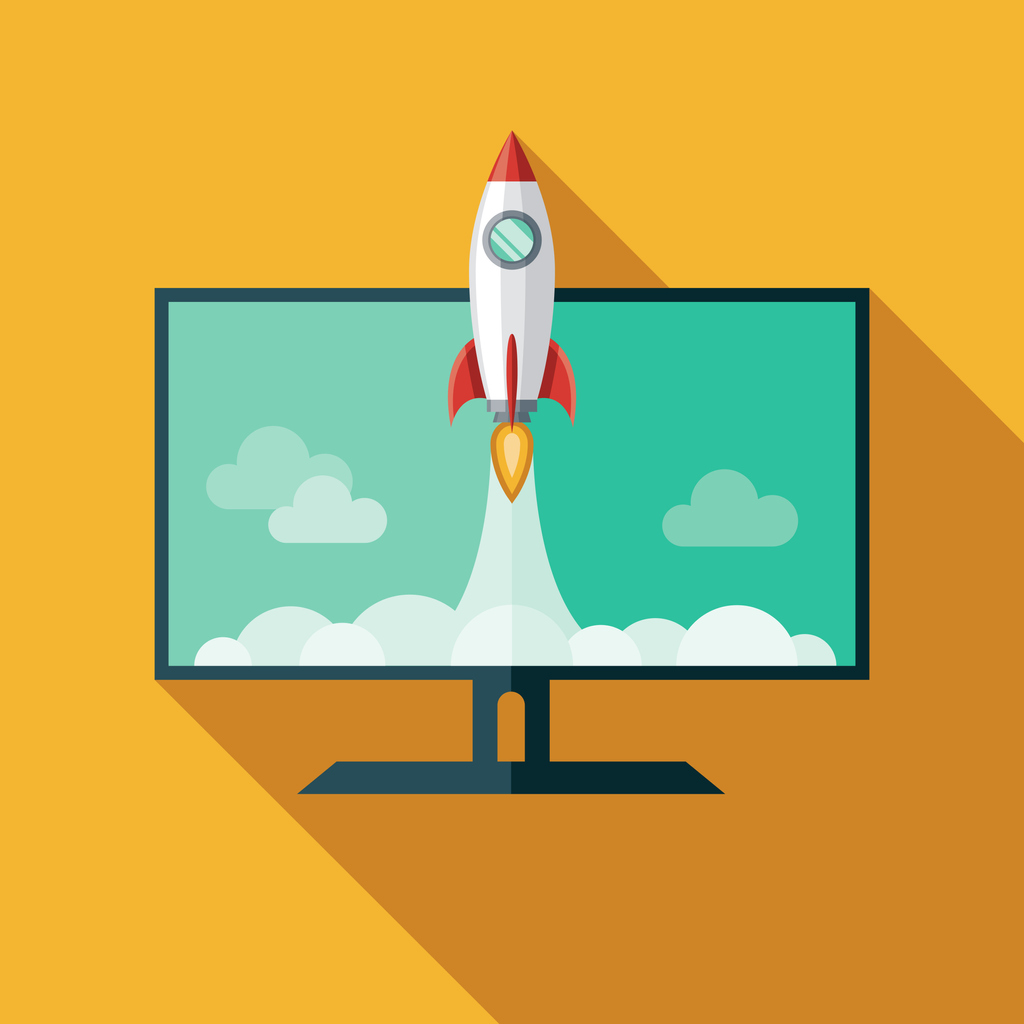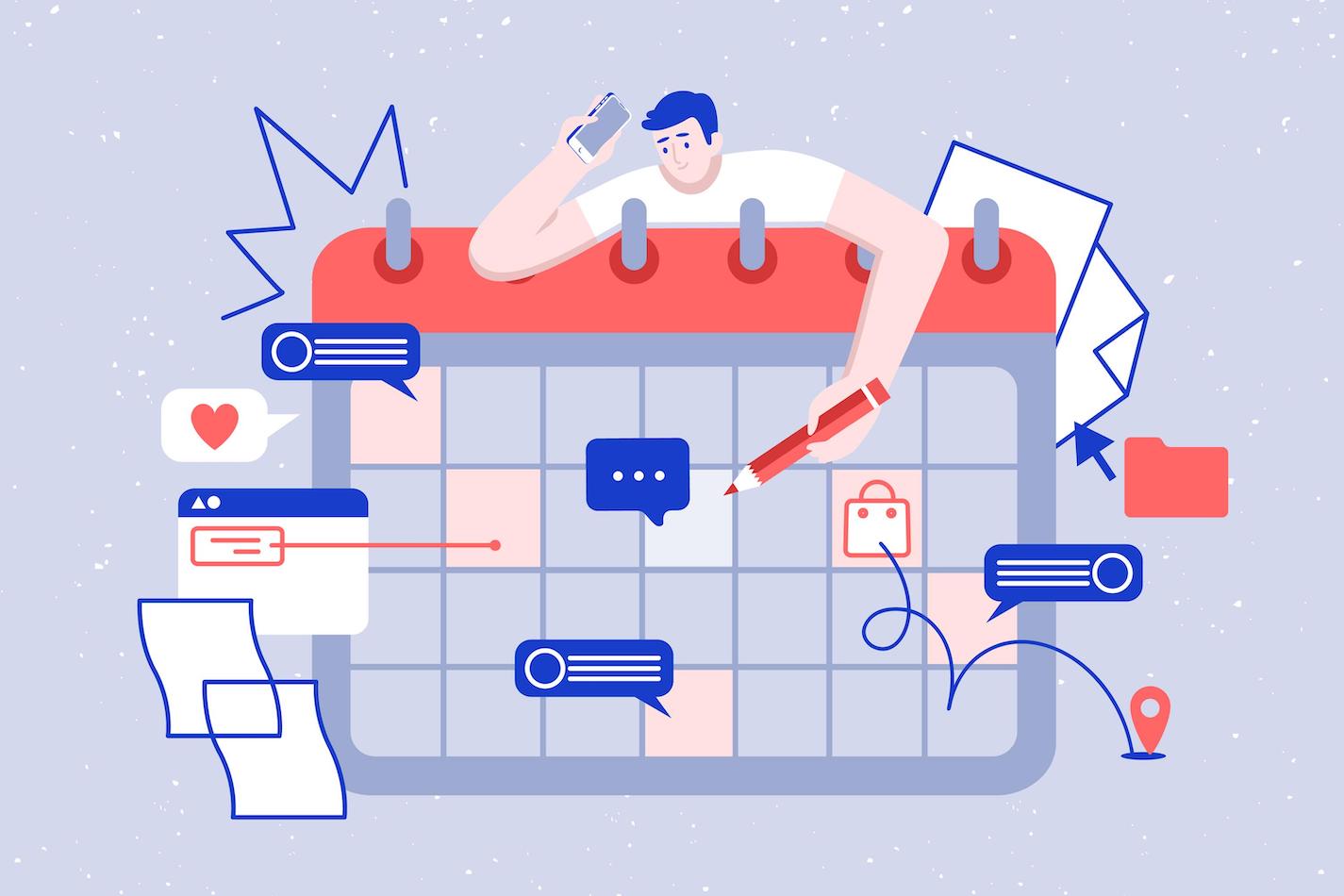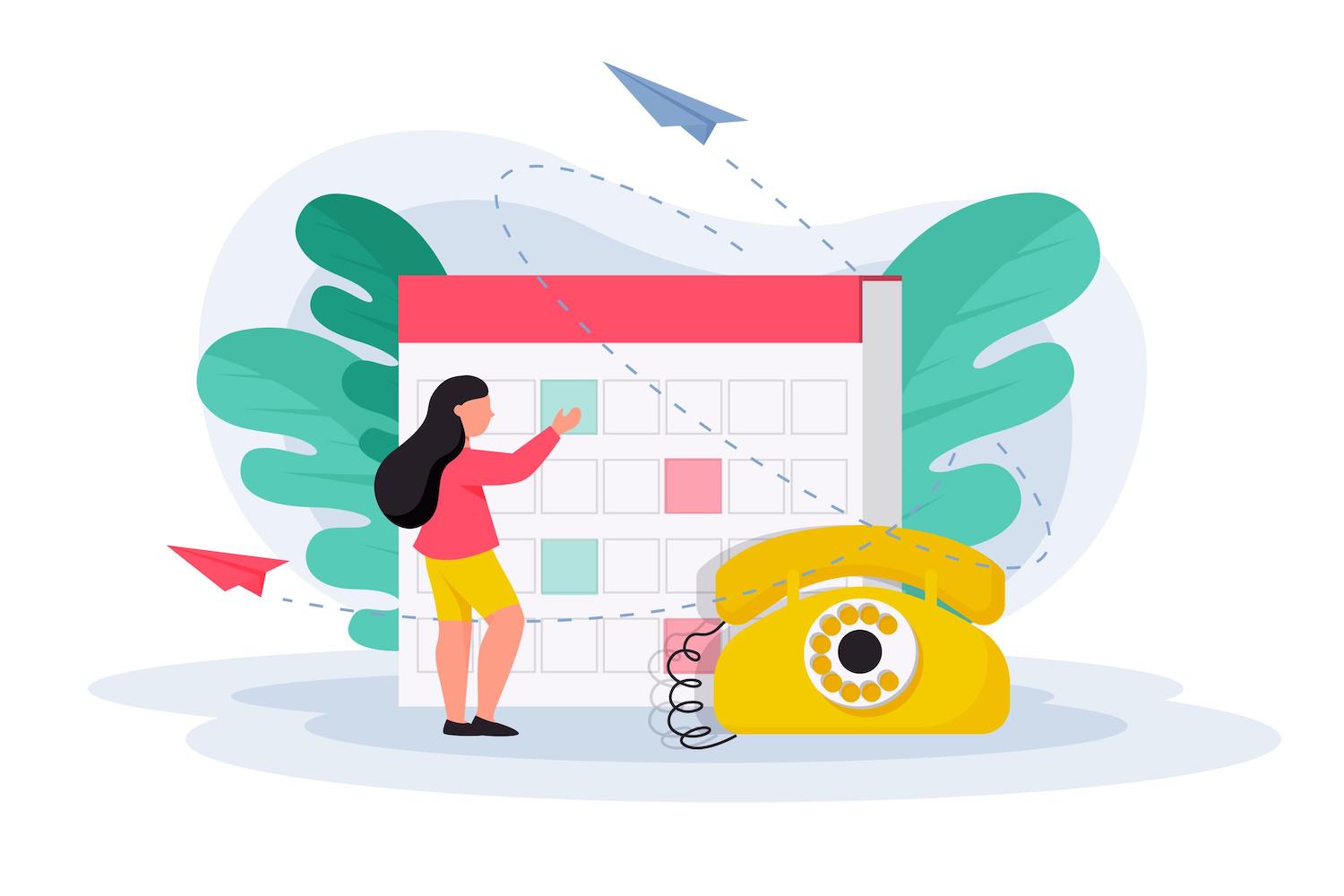What to Plan for After Your Website Launches

Launching a new website is a major accomplishment for any business. The right website becomes the foundation of your marketing and outreach efforts, positioning your brand and business in the perfect way for your audience to learn more and buy your products.
And yet, as with building construction, that foundation is only the beginning. A new website is a major milestone, but the work doesn’t end there.
Instead, that foundation is what you need to build the rest of your marketing and outreach efforts on. That means, above all, focusing on three main areas: your acquisition strategy, email automation workflows, and an A/B testing strategy to help your website become better over time. Let’s dive into each of these key pieces in more detail.
Building Your Customer Acquisition Strategy
If a tree falls in the forest… you know the saying. No matter how great your website might be, it won’t contribute much to your business success if your audience doesn’t know about it, or you cannot capture them once they find it. That two-part effort is your acquisition strategy.
A comprehensive customer acquisition strategy should be one of the first things you think about when your new website is finished. Channels can range from social media and SEO to paid ad campaigns, referral campaigns, influencer outreach, and more. With the right channel mix in place, it’s time to optimize your lead capture efforts.
When potential customers visit your website, what do they encounter? At the very least, you’ll need a few forms available for them to ask for more information about your brand, sign up for a discount, and more. Those forms, in turn, should follow a few best practices to maximize your lead conversions:
- Focus on the benefits of signing up. Lead generation follows the reciprocity principle: the more you can emphasize the value your audience gets by becoming a lead, the more likely they’ll be to give something up in return. That’s what makes coupons such great lead generators in eCommerce marketing.
- Ask for the right information on the form. Any details your leads give you about themselves will become valuable in later email marketing, when you can use that information for better segmentation and more personalized messaging.
- Use social proof as part of your persuasion. When potential subscribers see customer testimonials or high average reviews, they’ll become more likely to take the step to becoming a lead themselves.
- Create an easy and obvious opt-out. That’s not only important from a legal perspective, but can also help you build credibility in the eyes of your audience. If they know they can opt out when they’re no longer interested, potential customers become more willing to opt in to begin with.
Finally, you have to make sure that your form and website backend integrates naturally with your customer database and email marketing platform. That way, you can use a system like Klaviyo to organize your mailing lists and campaigns, and follow up as needed. Which leads us to the next piece of the puzzle:
Creating Email Automation Flows
At its core, email automation is simple: it’s the process of automating your email marketing efforts based on set triggers, helping you send more relevant messaging at more relevant times. Automating these emails can help you become more efficient, save time, and improve your customer experience all at once.
At the same time, it also helps you stay top of mind for potential and current customers. Automated emails can reach them when they’re ready be engaged, at key points in the customer journey:
- An automated welcome series, triggering when new audiences first subscribe to your mailing list. Introduce your brand, provide the value you promised, and build a relationship that will hopefully pay off in a loyal customer later on.
- An abandoned cart series, triggering when an online shopper added items to their cart but left your website without checking out. This series can gently remind users that they have items left in their cart, offer social proof about the products’ quality, or offer a discount to prompt a purchase.
- A post-purchase series, triggering as soon as a new customer buys something from your online store. The first email is typically simple, including a receipt and shipping details. Future emails can feature shipping details, product onboarding tips, prompts to review the product, and more.
- A winback series, triggering when a former customer or subscriber no longer responds to your emails. As the name suggests, it’s a last-ditch effort to win them back before scrubbing them from your mailing list. Offer coupons, highlight social proof, or simply offer help and support for potentially unhappy customers.
Of course, these are just some of the many automated email flows you can build once your new website publishes. Especially in combination with your customer acquisition strategy, these automations become powerful tools to drive your audience through the sales funnel and grow your business.

Launching an A/B Testing Strategy
Perhaps the ultimate proof point of a newly finished website only being the beginning is A/B testing. Done right, it’s the best way to keep improving your eCommerce website over time:
A/B testing allows you to compare the results of two or more potential options by randomly showing one of your options to your eCommerce shop’s potential customers. During the test, each possibility will be shown to an approximately equal number of your site visitors during the time period you specify, and you will receive data surrounding the actions taken by each group of visitors.
Using that basic principle, you can test any number of things:
- The color of a button
- The style of a menu
- The picture on a product page
- The headline of a blog post
Any element on your website is fair game. And, when you apply A/B testing as a consistent strategy, you can use it to continually make minor improvements that ultimately add up to a website that keeps getting better, keeps increasing your lead and customer conversions, and keeps becoming more effective in growing your business.
The best part: the same basic A/B testing principles can apply to your email marketing as well. Naturally, you can use learnings from your website to adjust the style, color, formatting, or language of individual emails. But you can also run custom A/B tests designed specifically for email, improving your efforts in that part of customer acquisition as well.
Ready to Leverage Your New Website for Consistent Business Growth?
Your website remains the foundation of your eCommerce marketing efforts, but it’s what you do once it launches that ultimately determines the growth trajectory of your business. Through a comprehensive customer acquisition strategy, the right email automation flows, and consistent A/B testing, you can turn your website into a powerhouse that keeps bringing in leads, customers, and revenue.
Of course, getting there can be complicated. Fortunately, you don’t have to be on your own. Talk to us to see how Future Holidays can help your eCommerce store grow through web optimization, content strategy, and effective email marketing.


